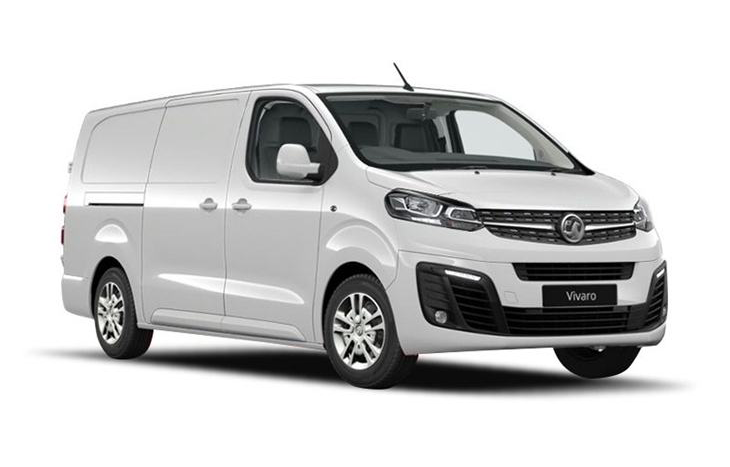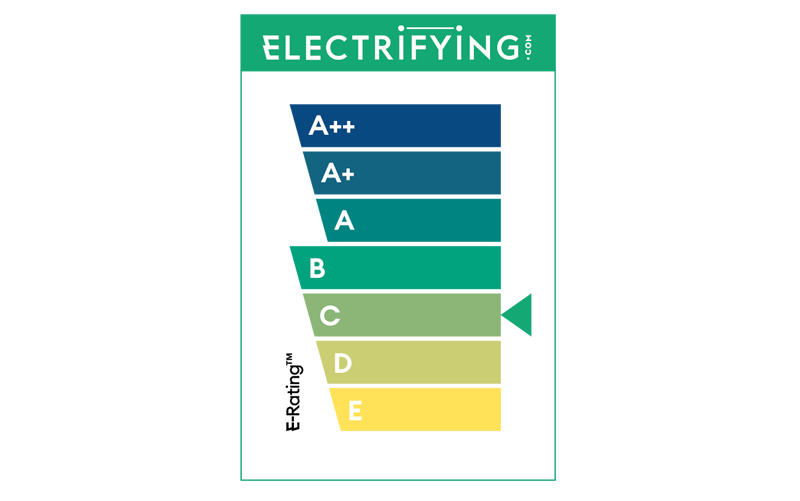Performance
Much like in the Corsa-e, the Vivaro actually lets you can swap between three driving modes depending on how far you want your electricity to stretch, or possibly how heavy your load is.
The Sport mode seems a little odd in a van, but gives you the motor’s full 135 bhp, which is only slightly less than the most powerful diesel engine on offer in a Vivaro. For everyday use, we’d stick in the default ‘Normal’ mode, which gives 100bhp and is perfectly adequate for most situations and rewards you with more miles between charges.
If you really want to stretch the range, select ‘Eco’ and the Vivaro will go much further – but you only have 81bhp. That’s pretty slow, but is actually fine for pottering around town on deliveries. The van will also unlock all the power automatically if you push the accelerator to the floor, helping you out if you need to accelerate in an emergency such as an overtake.
Drive
There won’t be many people who buy a van because it is fun to drive, but the electric Vivaro is a perfectly pleasant way of getting around, especially compared to a diesel. Being electric there are no gears to change and no engine noise and the weight of the heavy batteries is located low down in the middle of the van, which makes it feel more planted on the road, especially when it is unladen. There’s none of rear end bounce you usually get in an empty van.
Unlike car-derived vans (including the LEVC VN5) the driver sits high and far forward, which can take some adjustment, especially when parking. There’s a lot of van behind you to get around corners, especially with the long wheelbase L2 version.
The brakes are well up for the job of stopping the Vivaro, even when laden. Selecting the B mode helps and puts power back into the battery when you lift of the accelerator, but it’s not adjustable and doesn’t give ‘one pedal’ driving capability.

















